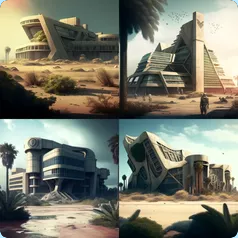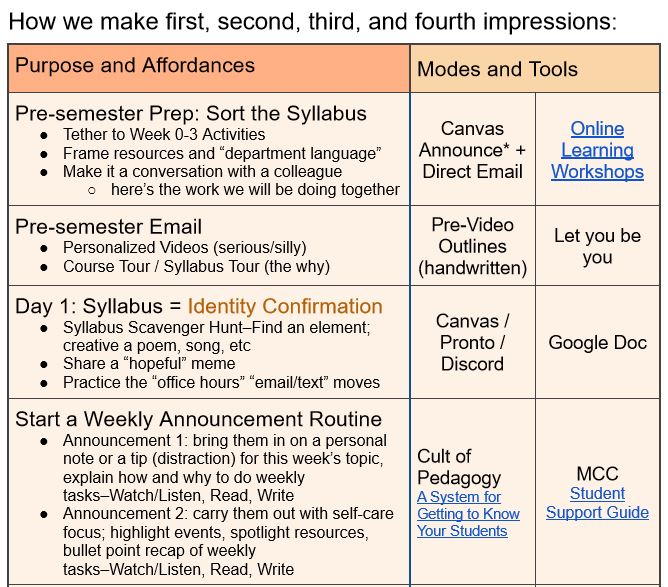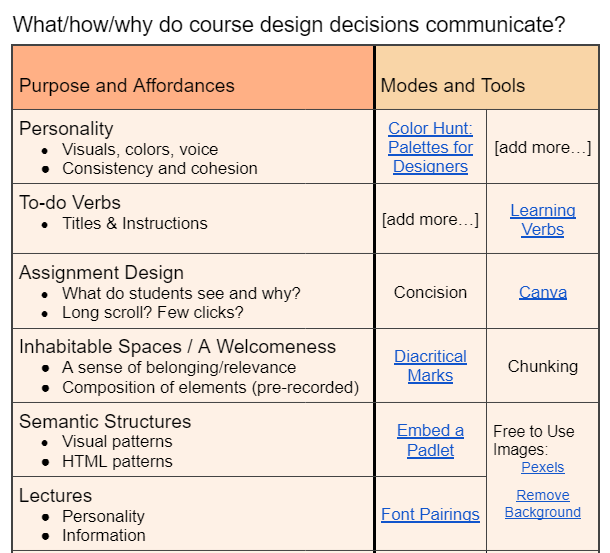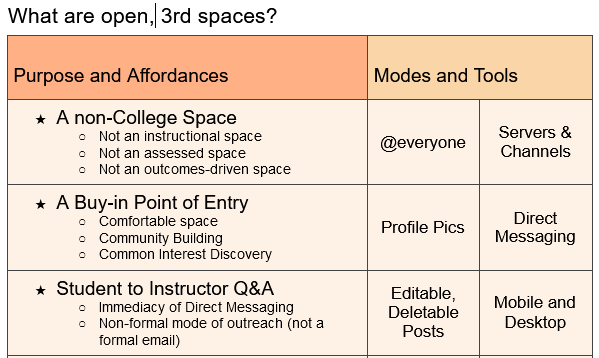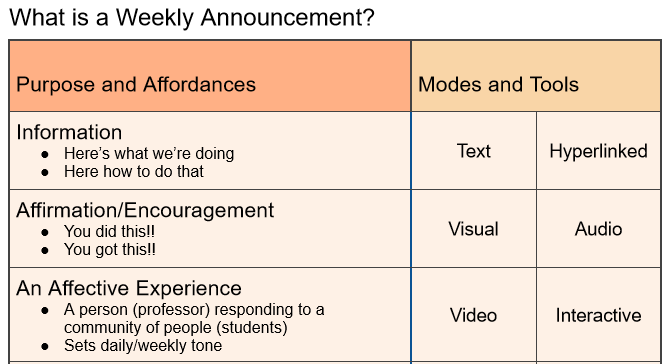In our discussion about the materiality of writing–different surfaces, different tools, and the affordances/constraints of each–we focused on an exploration of how we write. A writing process: scratching out words on paper; typewriting + whiteout back in high school; handwriting, touch-typing (8 fingers) or two-finger-hunt-and-peck, all thumbs. A writing style: the boring kind of writing or the truthful kind of writing generated (by what? by whom?) in the word, the sentence, and the structure.
Very early in the discussion, we zoomed in on how different ways of writing increase access or limit access. We talked about the cost and labor required of writers to participate fully in different mediums. And we talked about authorial/editorial choice as a fundamental value of our teaching: do our students have full confidence about how to write in a certain medium? Have our students reflected on why they write this medium?
To listen to our convo, check out the Zoom recording or the podcast
All content shared and perspectives we discussed are collected in a Padlet.
Our next discussion will be March 8th, where we will discuss how the writer’s voice, technique, and material encode values in text and which of these forces most shapes expression. We will be responding in part to Independent Lens’ Coded Bias (watch via PBS Passport or Netflix). You do not have to have watched the doc to participate in the conversation. Hope to see you then to explore Voice, Templates, and Bias of new writing technologies.

